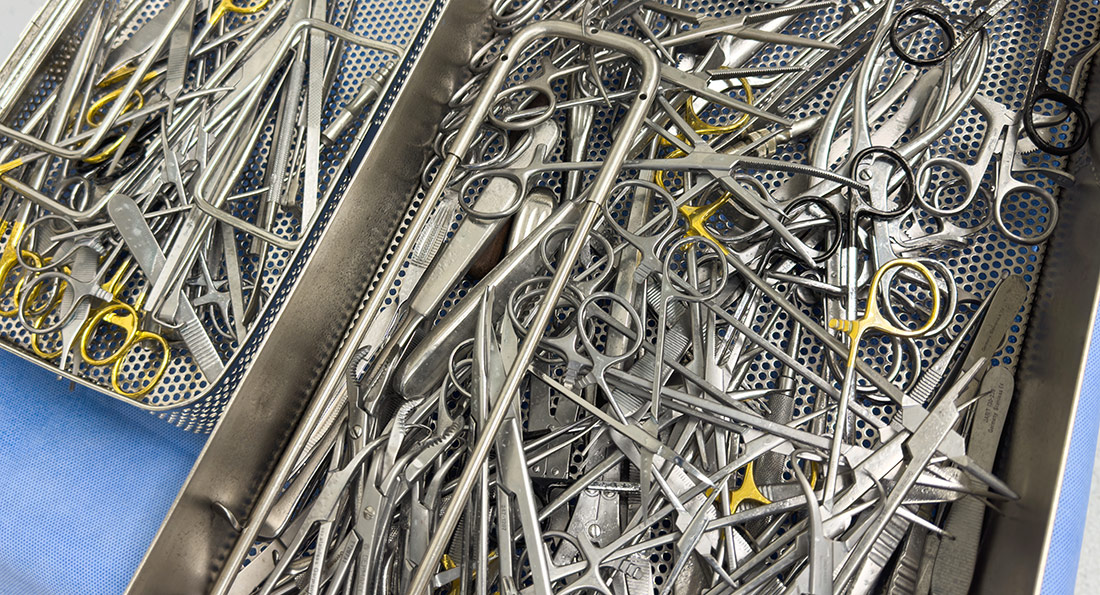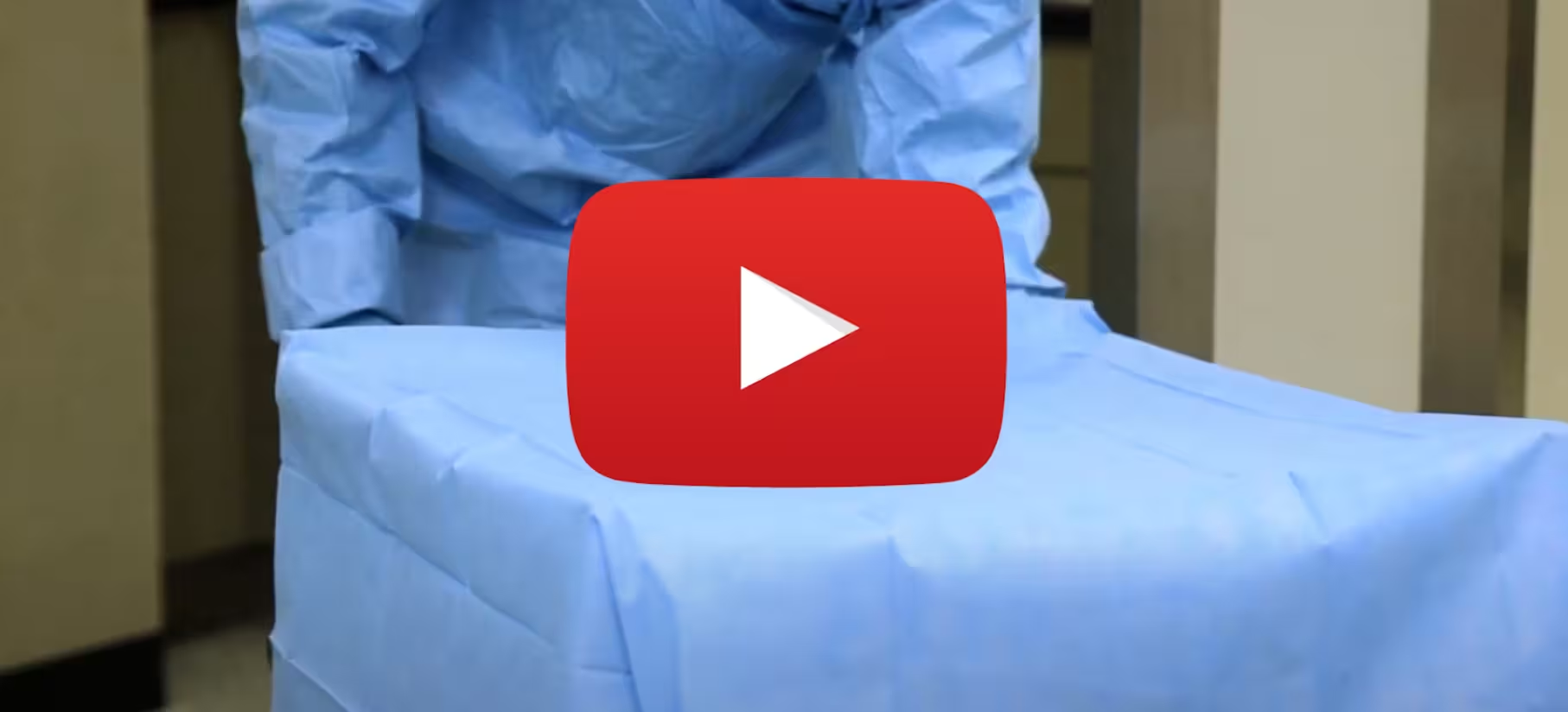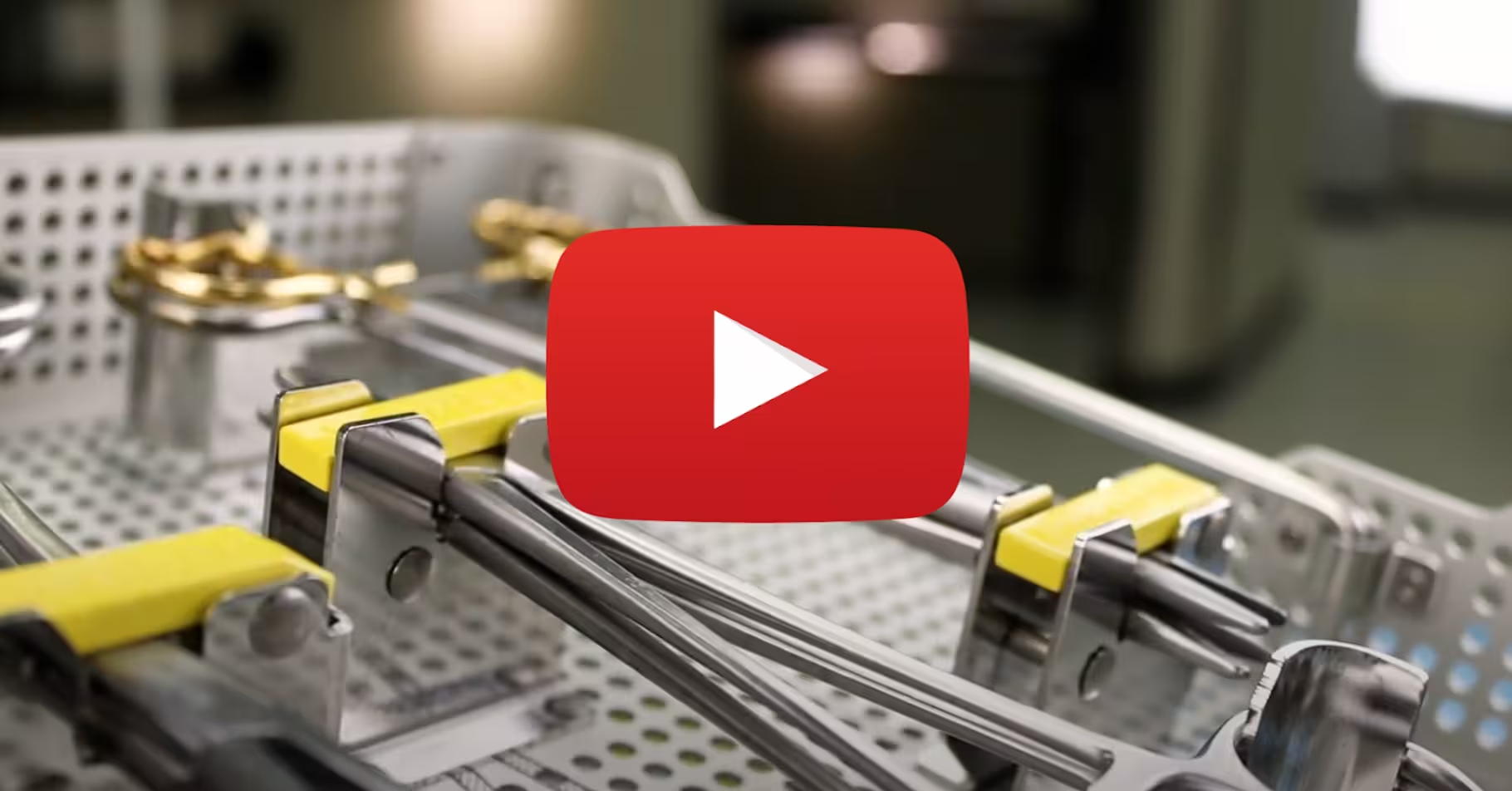
The Hidden Cost of Excess Instruments: How Smart Tray Management Transforms Your Bottom Line
In today's cost-conscious healthcare environment, surgical centers are discovering a surprising source of waste hiding in plain sight: their own instrument trays. A recent article from the Association of periOperative Registered Nurses (AORN) reveals just how much money facilities are leaving on the table through inefficient instrument management.
The Real Cost of "Just in Case" Mentality
Most surgical facilities operate under a "better safe than sorry" approach to instrument sets. But this mentality comes with hidden costs that compound daily. According to AORN's analysis, sterile processing departments spend countless hours reprocessing instruments that are rarely—if ever—used during procedures. Meanwhile, surgical staff waste valuable time preparing and managing cluttered back tables filled with unnecessary instruments.
The numbers are staggering: successful instrument reduction projects have achieved 40% average reductions across all surgical disciplines, with even modest 20% reductions delivering substantial savings in time, labor, and resources.
Breaking the Cycle of Instrument Bloat
The root cause of bloated instrument sets often stems from a lack of confidence between surgical teams and sterile processing departments. When providers experience even occasional delays in getting needed instruments, their natural response is to add more items to their standard sets. This creates what AORN calls an "expanding loop of unnecessary redundancy."
The solution isn't just about removing instruments—it's about building systems that ensure rarely-used tools remain sterile and readily available when needed. This approach actually improves instrument availability while dramatically reducing reprocessing costs.
The Strategic Approach to Instrument Reduction
AORN's research identifies several key success factors:
Executive Buy-In: Successful projects require C-suite sponsorship, particularly from CNOs and CFOs who understand the financial impact.
Surgeon Champions: Finding one or two surgeon advocates who can demonstrate the benefits to their peers is crucial for widespread adoption.
Pilot Projects: Starting small with willing participants allows you to collect concrete data proving the concept works.
Data-Driven Results: Electronic tracking systems provide baseline metrics that can demonstrate dramatic improvements in turnaround times and efficiency.
Beyond Labor Savings: The Ripple Effect
The benefits of proper instrument tray management extend far beyond reduced labor costs. Facilities report savings in:
- Washer and sterilizer operating costs
- Soap and cleaning supplies
- Steam and utilities
- Storage space requirements
- Equipment wear and maintenance
Perhaps most importantly, smaller, more focused instrument sets actually improve surgical efficiency. When surgical staff aren't sorting through unnecessary instruments, they can focus on what matters: patient care.
The Storage Strategy That Makes It Work
A critical success factor often overlooked is proper storage of infrequently used instruments. These tools must remain sterile and immediately available when called for. This requires:
- Intact packaging with no holes in blue wrap
- Secure storage locks
- Puncture-free pouches
- Climate-controlled environments
Failure in storage integrity can quickly derail an otherwise successful reduction program.
Your Next Steps
If you're ready to transform your instrument management approach, start with these proven steps:
- Gather baseline data on current instrument usage and reprocessing costs
- Engage stakeholders across surgery, sterile processing, and executive leadership
- Identify surgeon champions willing to pilot the program
- Evaluate storage capacity to ensure sterile instruments remain readily available
- Launch a focused pilot with measurable goals and timelines
The evidence is clear: strategic instrument reduction doesn't compromise patient care—it enhances it while delivering significant cost savings. In an era where every efficiency gain matters, can your facility afford not to examine its instrument management practices?
This summary is based on "The Essentials of Instrument Tray Management" published by AORN (Association of periOperative Registered Nurses). For the complete analysis and detailed implementation strategies, we encourage reading the full article.




